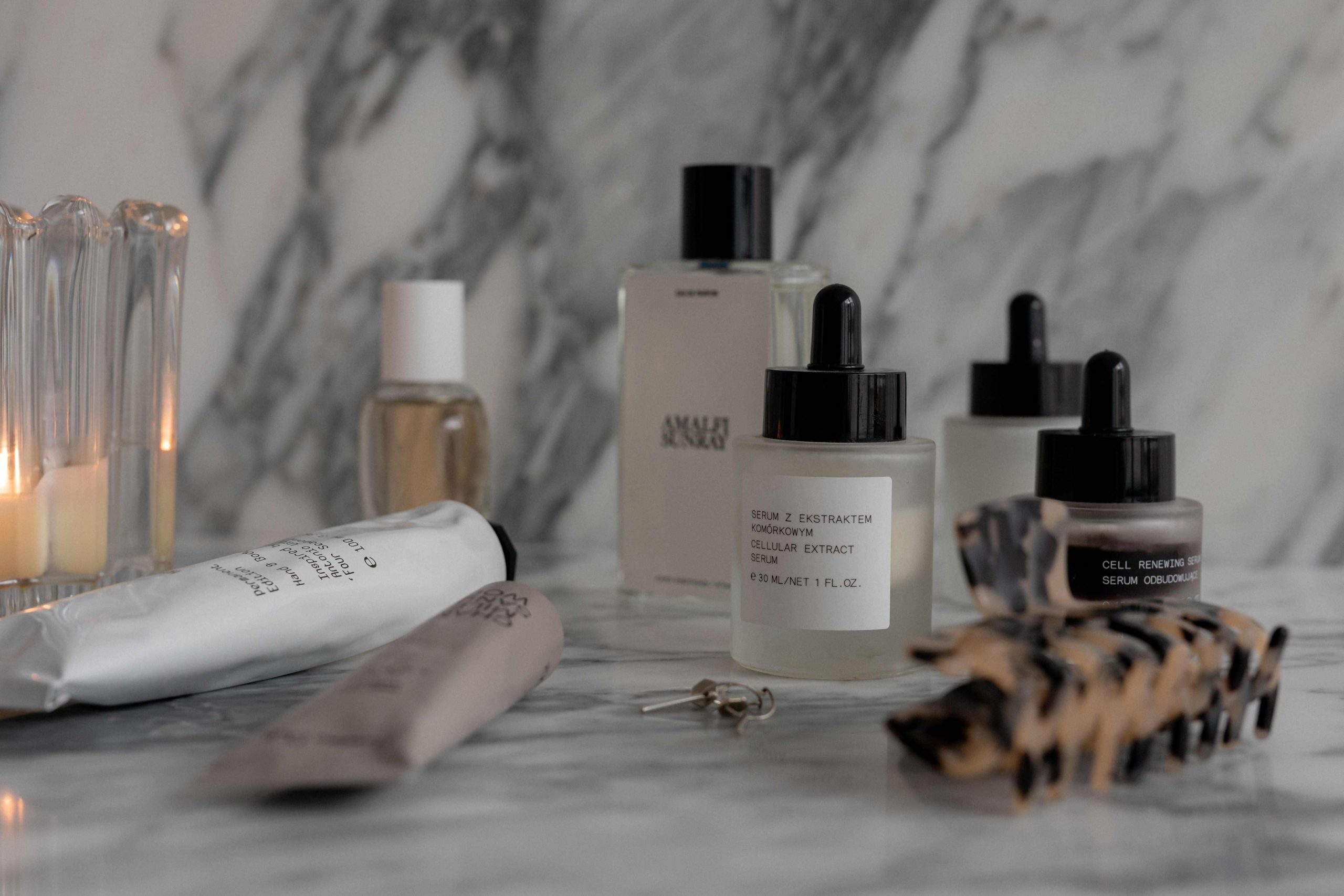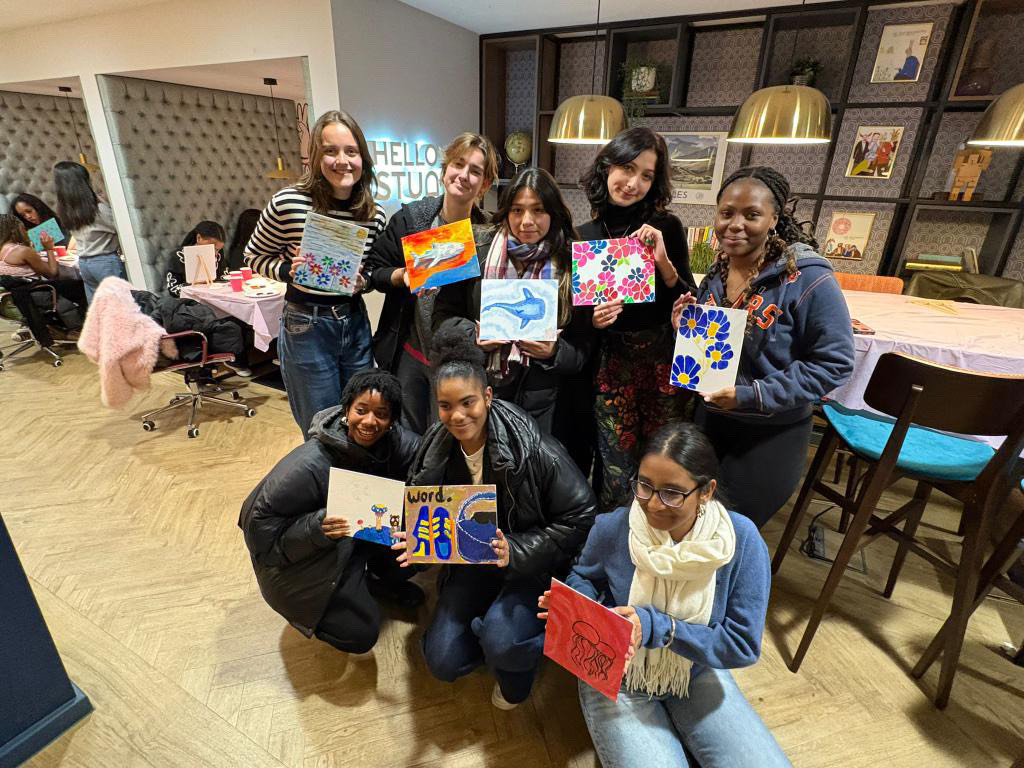TRIGGER WARNING: This article contains and discusses themes related to eating disorders. For any help or advice, please refer to Cardiff University’s advice page, or to the UK eating disorder charity, BEAT.
By Emily Jade Ricalton
The nineties were a time of change, difference and experimentation. From Britpop to Grunge, the decade was definitely full of excitement ÔÇô something that allowed young, repressed teens to follow movements that, at the time of their creation, were almost revolutionary to their conventional society.
These subcultures allowed teenagers to represent their image, something of which defined them and made them unique to the barriers implanted in their surroundings. Subcultures gave teenagers freedom, granting them life-long friendships and family that they could relate to through talents, hobbies and interests. It was a rebellion against the structure of society.
However, as great as this may seem, subcultures were vital for the actions, images and behaviour of impressionable teenagers ÔÇô ones of which weren’t fully experienced or developed within life. You see, subcultures also provided a route of investigation that allowed the youth to not only experiment with the arts, but also recreational drugs that would later abuse the image of their pristine and hopeful appearances.
Heroin Chic, unlike mentioned before, was actually a movement and subculture for high-end and high-quality models. It was a particular image that inspired and became popular throughout the mid-1990s fashion movement. Even though it is referred to as an image, many clothing consumers and beauty fanatics continued to follow the trend after it’s popularity; allowing it to become more of a subculture of fashion, rather than a recent season or development of style. Having said that, the subculture itself was still defined by a set of features, some of which were very similar to Grunge: pale skin, dark circles under the eyes, an abnormally slim frame, dark red lipstick, straw-like hair and a prominent bone structure. The image, to say the least, was something that was shocking, upsetting, yet very familiar to nineties culture.
As the name suggests, Heroin Chic transitioned into fashion due to the popular use of heroin throughout this period of time. Even though this may seem shocking now, it definitely was a common party drug at its time of release. With films like Trainspotting being released in this decade, it was obvious that the love of heroin was going to increase, especially with artists, like Kurt Cobain, openly discussing their usage of this fatal substance.
With Heroin Chic taking inspiration from the examination of drug culture, it was undoubtedly going to draw upon elements of Grunge for the inspiration behind its style. From slip dresses to heavy make-up, Grunge was Heroin Chic’s first point of inspiration, focusing upon stars like Courtney Love to recreate iconic floral patterns, dark colour schemes and oversized fits that were symbolic of this nineties revival.
As you can probably tell, Heroin Chic was doomed from the start. Not only was it criticised for its promotion of substance abuse, but it also glamorized the upsetting problems related to eating disorders.
Even though this may appear to be a controversial topic, here at Quench Fashion, we believe it is important to discuss the history and, as you could call it, mistakes of the fashion industry. We like to touch upon the hidden topics of fashion, calling to light the changes that need to take place in order to make it a sustainable industry. Fashion is full of damaging impacts that have drawn upon the negative aspects of our society. As quite noticeably mentioned, Heroin Chic was definitely one of these detrimental themes. From photoshopping images to the online promotion of diet substances, Heroin Chic has changed the way we think about societal beauty and our very own body images.
After the movement was made famous in the 1990s by a Calvin Klein campaign and Corinne Day shoots, Heroin Chic was explored by models such as Kate Moss, Naomi Campbell, Jodie Kidd and Jamie King. The selection of models showed off a waif appearance, resembling essences of an unhealthy and uncared for aesthetic. Attributes of which hadn’t been desired throughout society before, something that hadn’t exactly been seen within previous catwalks.
Heroin Chic introduced, as referred to by Tracey Thorn as, ÔÇÿfetishised skinniness’ ÔÇô an obsession with the ÔÇÿepitome of hunger’. From the start, Heroin Chic was implanted within fashion to effect the image of teenagers, having a direct aim at younger girls and women. It promoted extreme thinness, an aesthetic of which these girls would be inspired by and drawn to. With the fashion industry promoting this image so vividly, these images attached to Heroin Chic would inevitably become the symbol of beauty. Being a natural body shape was no longer fashionable, putting plenty of healthy women to shame ÔÇô an element of fashion that just isn’t acceptable.
This is something that still remains the same throughout today’s fashion industry. The trends of the nineties have now impacted the way we see and view fashion within its new seasons and bombarding billboard campaigns. Models are no longer required to be healthy, but are pushed to extreme limits of skinniness that not only impact the physical wellbeing of their bodies, but also push the fragility of their mental health and overall self-love.
According to a 2017 Vogue report, over 62% of models had been asked to lose weight or change their shape or size by the agency they were signed to at the time of the report, despite these models already having a categorized unhealthy BMI record. As well as this, another 54% of models were told to lose weight otherwise they wouldn’t be able to find a job within the industry, emphasising the pressure that these models are constantly under to maintain a slim figure and frame. Their career depends on their image, objectifying these women on what matters least: their body shape.
Having had previous experience with this specific issue, I believe that the impact Heroin Chic has had upon the fashion industry has damaged the way consumers see natural body appearances, affecting their own expectations of themselves. The required aesthetic of overt thinness has pushed the industry to extremes, forcing photographers, advertising and print publications to edit images to a point where they are no longer recognisable, promoting unachievable body shapes that consumers desire and crave.
With the current industry, there is always a constant goal of weight loss, something of which we shouldn’t be promoting to those who adore fashion. For me, fashion is a creative art representing beauty in all types and in all diverse aesthetics, something which makes everyone individual and unique to themselves. The industry we know today isn’t just about image and beauty, but it is also about expression. The images we see online do not define your worth and they never will; they are just a result of a tortured manipulation of subcultural style. The industry will eventually change, develop and move onto a different theme; one of which will hopefully protect the health of its devoted and amazing followers.



